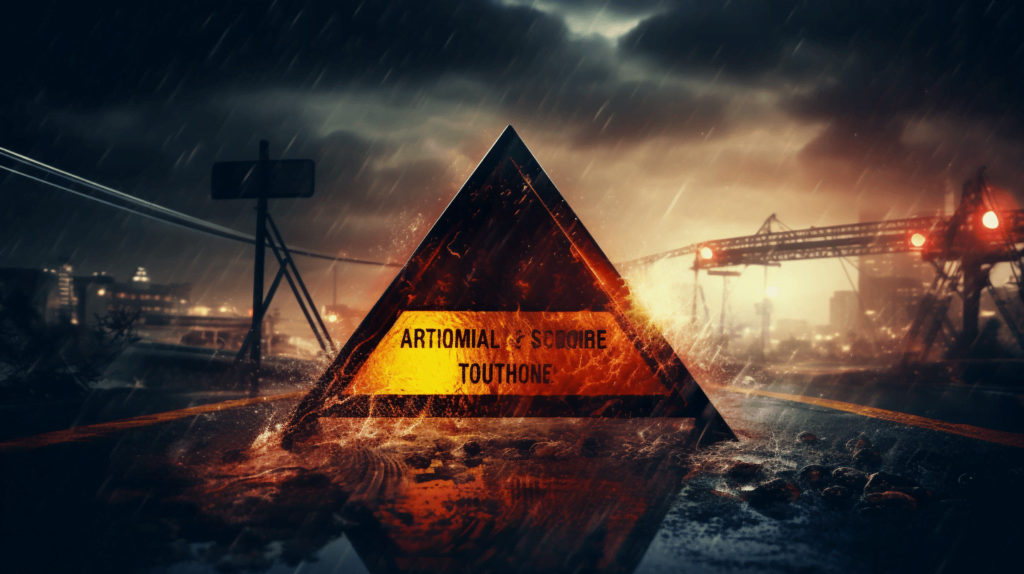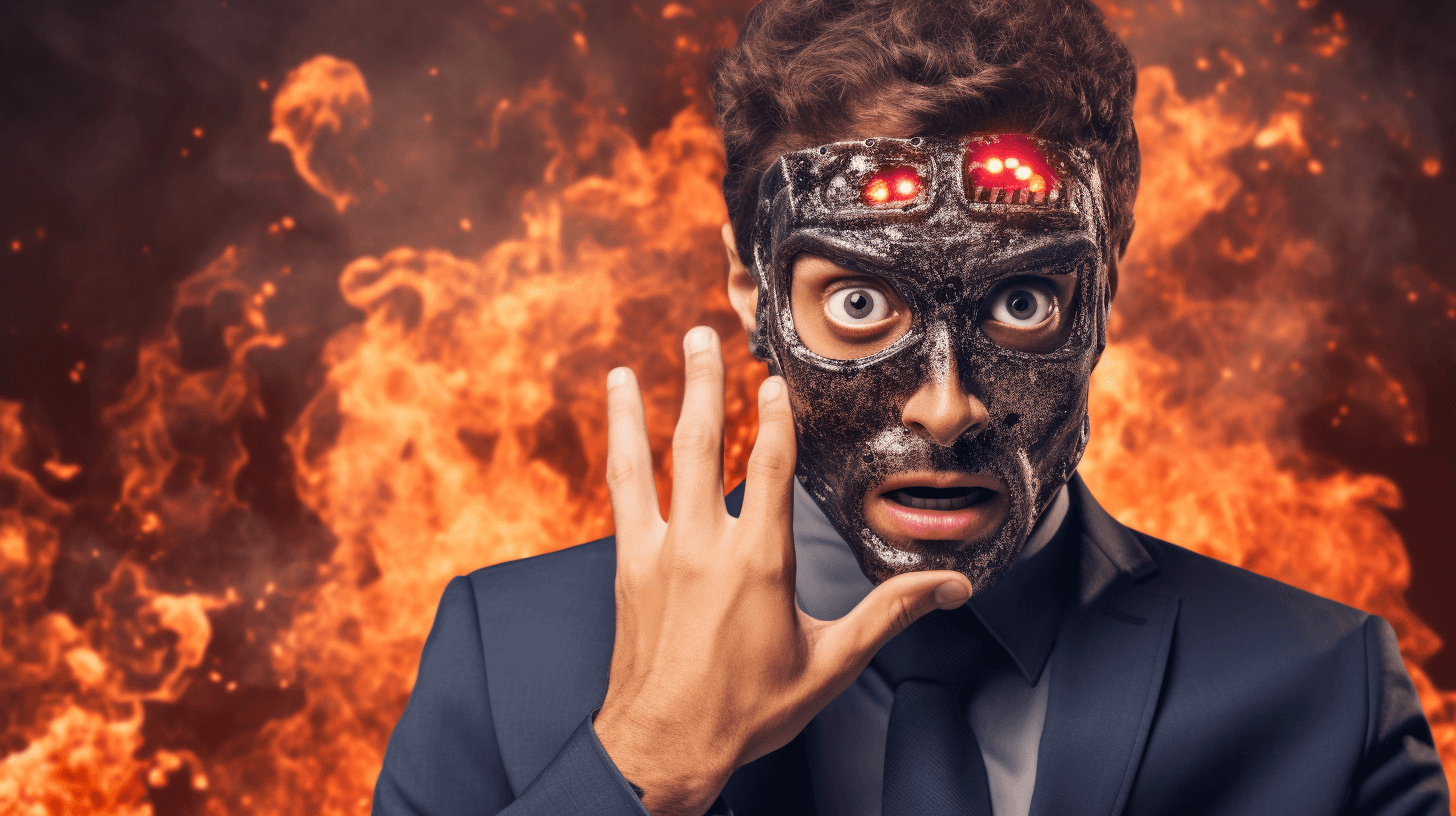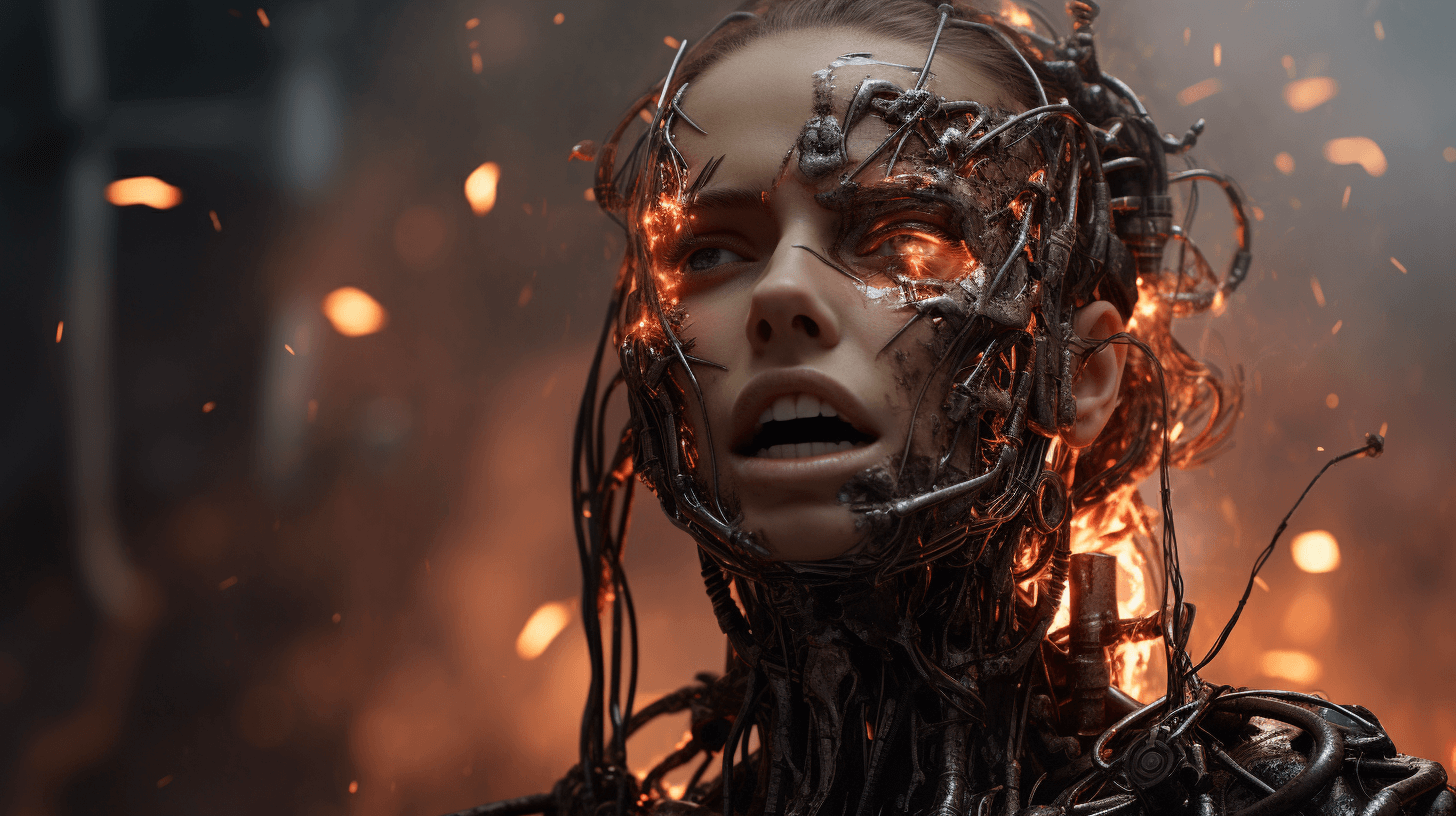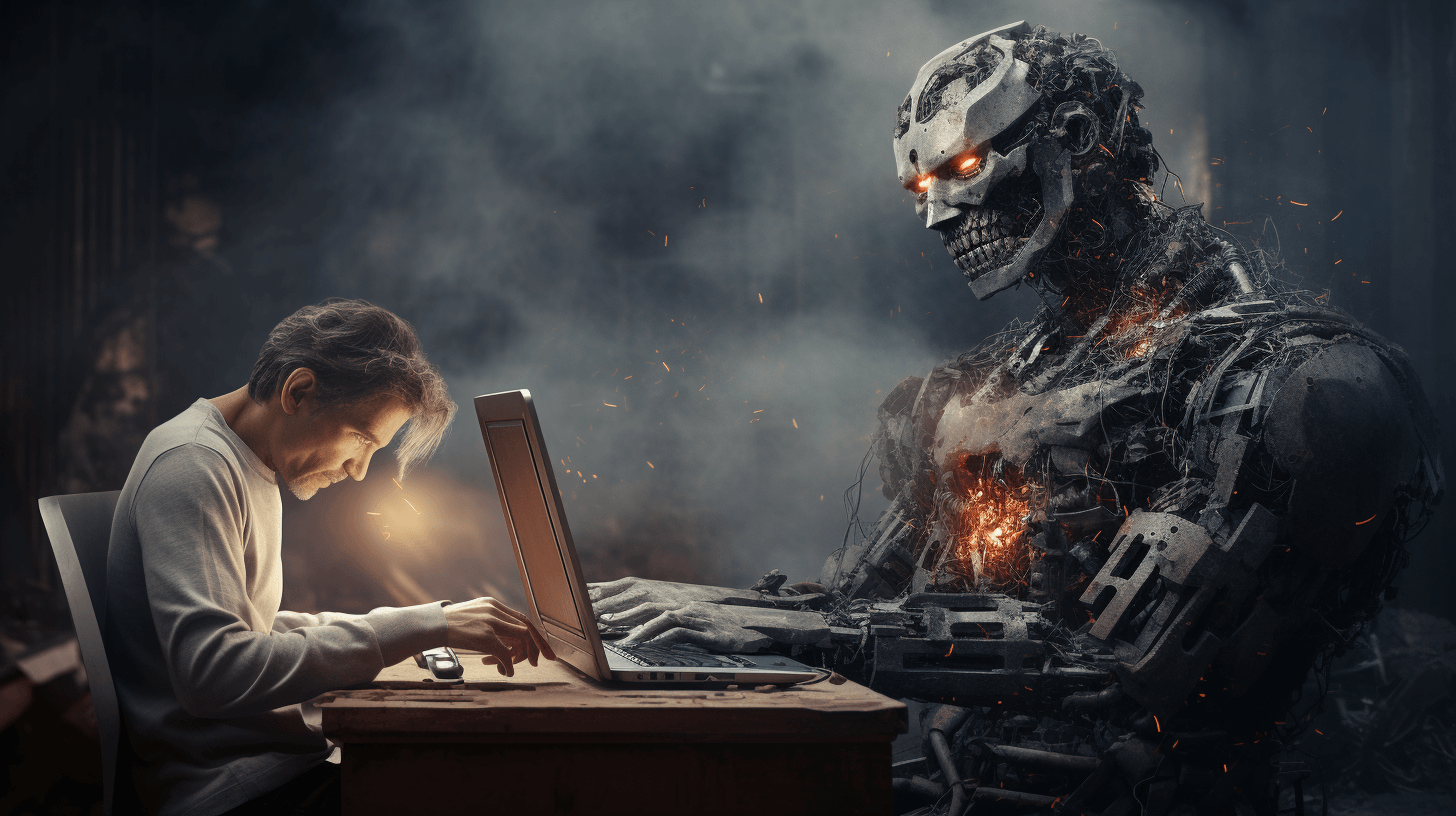The rise of AI art generators like DALL-E 2 and Stable Diffusion has sparked excitement but also ethical concerns. These tools can create original digital art with simple text prompts. However, some worry AI art could potentially be misused to spread inappropriate content or infringe on copyright. In this post, we’ll explore the key considerations on how to use AI art generators safely and ethically: 3 factors.
Monitoring for Harmful Content
One major concern is that AI art generators could create offensive or dangerous content if improperly monitored. These systems learn from their training data, so if that data contains biases the AI could perpetuate harmful stereotypes or generate toxic imagery.
Developers need to vet datasets carefully to avoid passing on biases. They also need to establish content moderation policies and test systems extensively before public release. Reducing the potential for harmful content should be a top priority.

Respecting Copyright and Attribution
Another issue is the potential for AI art generators to infringe on copyrighted works or artistic styles. Developers should take care to avoid overreliance on a single artist’s style in their training data. The goal should be creating original AI artworks, not mimicking any one human artist.
Proper attribution is also key. Metadata should clearly label AI-generated art as such to avoid deception. Crediting datasets and data sources is important to respect content creators’ rights. Thoughtful copyright and attribution practices are vital for the fair and legal use of AI art platforms.
Encouraging Transparency and Responsibility
While AI art raises valid concerns, many see exciting creative potential in these technologies when used responsibly. Developers should prioritize transparency about their systems’ capabilities, limitations and training processes. Documentation helps users understand what they can reasonably expect.
Responsible use policies should also encourage users to craft prompts carefully. Generating and sharing AI art that is harmful, deceptive or infringing should be prohibited. With the right policies and transparency, AI art has the potential to open new avenues for human creativity and expression.
In summary, while not flawless, AI art generators present promising opportunities. With diligent monitoring, ethical data practices and transparency from developers, the safety and responsibility of these emerging tools can continue improving. The path forward requires collaboratively addressing concerns while allowing room for ongoing innovation.
What are your thoughts on AI art generators? Drop a comment and let us know!


